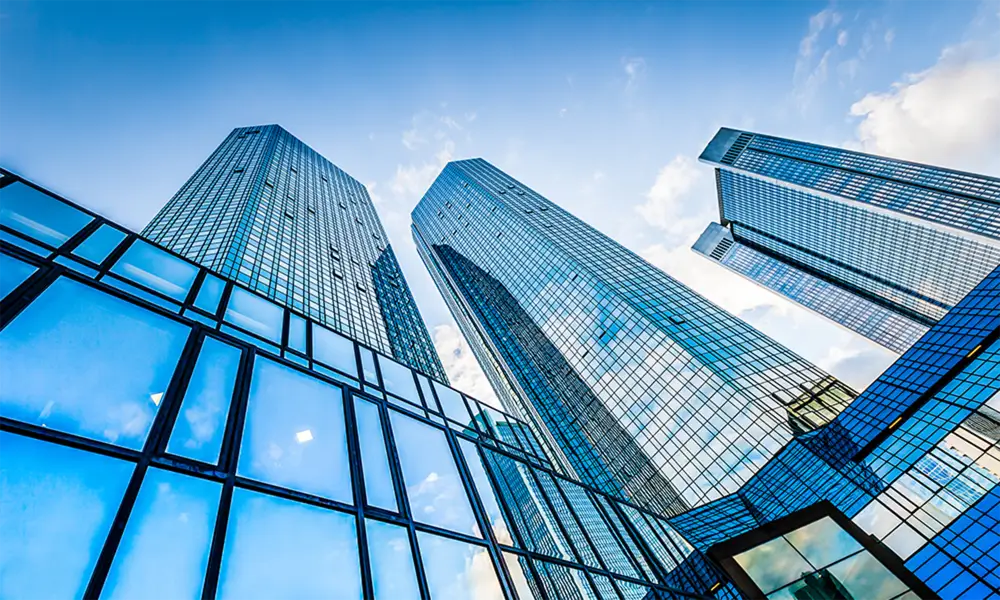

Float Glass Designs A Blend of Functionality and Aesthetics
Float glass, known for its superior clarity and smooth finish, is a foundational material in modern architecture and design. The process of creating float glass involves floating molten glass on molten tin, resulting in a flat, uniform surface that is ideal for a wide range of applications. This high-quality glass not only serves practical purposes but also opens up a world of design possibilities. In this article, we explore the various designs and applications of float glass that highlight its versatility and aesthetic appeal.
One of the most striking features of float glass is its ability to enhance natural light within spaces. Designers often utilize large panels of float glass in windows, skylights, and facades to maximize daylighting. This not only reduces energy consumption but also creates an inviting atmosphere. For instance, contemporary office buildings frequently incorporate expansive glass walls that offer panoramic views of the surroundings, blurring the lines between indoor and outdoor environments. This integration of float glass into architectural design promotes well-being and productivity among occupants.
Float Glass Designs A Blend of Functionality and Aesthetics
Beyond its functional uses, float glass can also be transformed into artistic installations. Designers and artists are experimenting with shapes, colors, and textures, creating captivating glass sculptures and wall panels. These pieces can serve as focal points within a space, drawing attention and sparking conversations. With advancements in glass technology, printed or colored float glass can be produced, allowing for intricate designs and patterns that enhance visual interest.

Moreover, the durability and strength of float glass make it suitable for various environmental conditions. For example, in coastal regions where saltwater or high winds can be detrimental, specially formulated float glass can be used to withstand these elements. This resilience allows designers to push the boundaries of traditional architecture, incorporating expansive glass elements while maintaining safety and functionality.
Additionally, float glass is an eco-friendly choice, as it can be recycled and reused. Many manufacturers are now adopting sustainable practices in their production processes, reducing waste and energy consumption. This environmentally conscious approach appeals to consumers who prioritize sustainability, further driving the demand for float glass in design.
As the realm of design continues to evolve, the applications of float glass are expanding. From stunning glass bridges and staircases to innovative partitions and room dividers, designers are pushing the limits of how glass can transform a space. The transparent nature of float glass fosters a sense of connection and flow, encouraging an interactive experience between users and their surroundings.
In conclusion, float glass designs epitomize the perfect marriage of aesthetics and functionality. Its versatility allows it to be utilized in various applications, transforming spaces and enhancing the overall user experience. As architects and designers continue to explore the potential of float glass, we can expect to see even more innovative and inspiring designs that redefine the way we think about and interact with our environments. With its blend of beauty, durability, and sustainability, float glass is undoubtedly a key player in the future of architectural and interior design.